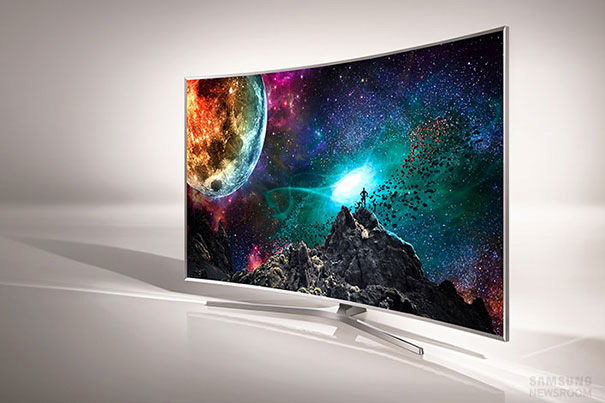
The latest piece of technology in electronic displays that has created quite a buzz in the last three years is OLED, which stands for Organic Light Emitting Diode. It is a display technology consisting of OLED panels that emit their own light when an electric current is passed through them. As a result, OLEDs are super-light, have a true contrast ratio (i.e., their whites are brighter and blacks are darker than other electronic displays), deep color saturation and wide viewing angle.
OLEDs consist of an organic layer that sits inside the panel in front of the glass screen, which is why they are called organic LED’s. A typical OLED consists of six layers – the outermost layers are called the seal (the top layer) and the substrate (the bottom layer). Next come the anode (a positive terminal) and cathode (a negative terminal). Sandwiched between these layers are the emissive and conductive layers.
How does an OLED work?
When the power is switched on, the cathode (the negative terminal) starts receiving electrons from the power source and the anode (the positive terminal) starts losing them. As a result of this, the emissive layer, which is adjacent to the cathode, starts becoming more negatively charged (due to the increase in the supply of electrons) and the conductive layer becomes more positively charged (more holes).
Since positively charged particles (holes) are more mobile than electrons, they cross over to the emissive layer. Every time holes bump into electrons, quick bursts of energy are released in the form of photons (fundamental particles of light) and Light is produced! Holes keep bumping into electrons, and producing light in the process as long as the power is on. The moment you pull the plug🔌 on the power supply, the transfer stops instantly and the screen goes dark🌑.
Note:- There’s another type of OLEDs that use polymers in place of organic molecules, and are aptly called light-emitting polymers or simply polymer LEDs.
DEAR FRIENDS  ANY FURTHER COMMENT AND ANYTHING ABOUT THIS POST THAT I MISSED IS WELCOMED FROM YOUR SIDE. SO, PLEASE DO COMMENT IN THE COMMENT BOX.
ANY FURTHER COMMENT AND ANYTHING ABOUT THIS POST THAT I MISSED IS WELCOMED FROM YOUR SIDE. SO, PLEASE DO COMMENT IN THE COMMENT BOX. 


 ANY FURTHER COMMENT AND ANYTHING ABOUT THIS POST THAT I MISSED IS WELCOMED FROM YOUR SIDE. SO, PLEASE DO COMMENT IN THE COMMENT BOX.
ANY FURTHER COMMENT AND ANYTHING ABOUT THIS POST THAT I MISSED IS WELCOMED FROM YOUR SIDE. SO, PLEASE DO COMMENT IN THE COMMENT BOX. 


Thumbnail picture: Copyright to rightful owner. 










0 Comments
Please do not Spam the beautiful Comment Box!